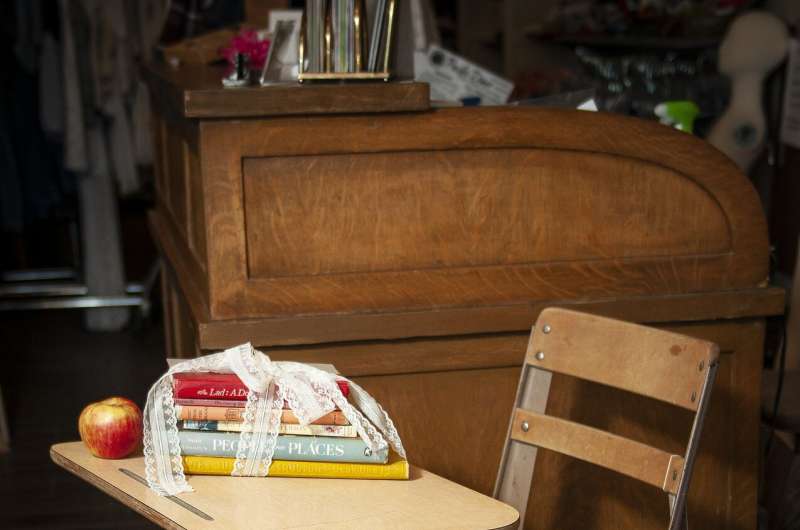Tackling air quality and COVID-19 in the classroom

As the days get colder, teachers not only face the usual seasonal battle of keeping classrooms at a comfortable temperature but also trying to reduce the COVID-19 virus count in the environment. How to reduce virus spread is important knowledge for teachers—just as it was a century ago when the 1918 flu pandemic hit.
In the same way that we expect people to understand the fundamentals of nutrition when planning a menu, we need a sound understanding of building science to get the healthiest, most productive and enjoyable environments in our buildings. How can teachers deal with classroom "fug" and COVID-19 this winter? Louise Starkey and Michael Donn explain.
The fug problem
A common approach in winter is to close classroom windows and turn on the heaters. However, if you walk into a crowded space that has been tightly closed for a time against the outdoor air, you will notice a distinct transition into what might politely be termed a fug.
This fug has high humidity and high carbon dioxide (CO2) levels, and is a natural product of people breathing. If this air is not removed and replaced with fresh air, CO2 levels will rise. And as this happens, stuffiness increases and the ability to concentrate drops significantly.
Building design typically aims for 1000 parts per million (ppm)—or fewer—of CO2 in the air. This standard was developed about 100 years ago and is based on diluting body odor to an acceptable level.
But body odor isn't the only worry.
For focused tasks, our ability to concentrate begins to decrease at CO2 levels above 1000 ppm and acute health symptoms start at concentrations over 5000 ppm.
Modern technology can now tell us when levels are too high: devices are being installed in New Zealand classrooms to alert schools when levels reach 800 ppm so they can act to reduce CO2.
COVID-19 in the mix
So, what can teachers and students do to lower CO2 as well as virus levels in the classroom?
In an era where heat pumps warm, cool and push air around a room, it is tempting to see the stuffiness as solvable by running the heat pump. Heat pumps may make the air feel fresher, but they're just circulating existing air without changing CO2 levels or removing virus contained within the air.
Therefore, these are not a good option to help concentration or reduce the risk of virus spread.
What about air purifiers? They are being installed in some classrooms. These devices recirculate the air in a space and "clean" it either through UV radiation or by filters. So they can help reduce virus levels in the air, but they do not lower CO2 and can only be half the answer.
Ventilation is the solution to lowering CO2 levels. Air ventilated from the outside into the classroom has lower CO2 levels than the air "polluted" by students and teachers breathing out CO2. One Danish research group found that "increased ventilation rates in classrooms have a positive effect on short-term concentration and logical thinking of children performing schoolwork."
Ventilation can be through open windows or a mechanical system that draws fresh air from the outside. For a classroom of 33 people, 0.5 square meters of open windows on opposite sides of the room provides adequate ventilation to keep CO2 levels down and concentration levels up by replacing the air about six times each hour.
This approach isn't new. Following the 1918 flu pandemic, "open air" classrooms were designed with windows on two sides of the room that could be opened to enable fresh air to flow through.
Ventilating the room with fresh air also reduces the virus count in the environment. Professor Richard Corsi, an air quality expert at the University of California Davis, estimates air in an enclosed space that has 700 to 800 ppm of CO2 might contain 0.8 to 1 percent COVID-19 virus during an outbreak when no one is wearing a mask. Masks reduce this risk further.
Opening windows may require increased heating—and noise distractions from outside the classroom will need to be managed. But this might be the price we have to pay to have comfortable and safe buildings in winter.
No comments:
Post a Comment